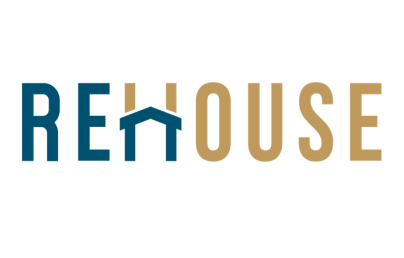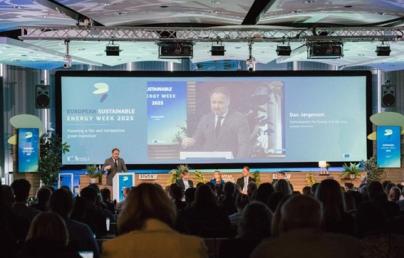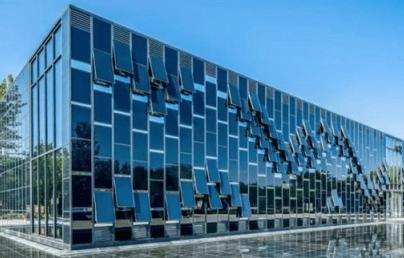
5th generation for heating and cooling grids integrate renewable electricity to boost the decarbonisation of European cities!
5th generation for heating and cooling grids integrate renewable electricity to boost the decarbonisation of European cities!
What is the future and potential for district heating grids in Europe? In this interview, Mathilde Henry, Energy Project Manager at GreenFlex, presents the European D2Grids project: a unique concept so-called “5GDHC” to be developed in North-West Europe, which is experimented on five pilot sites, while working on the potential synergies with renewable electricity.
What is the D2Grids project? Why was it started?
The D2Grids project was born out of the observation that in Europe, the share of renewable energy used for heating and cooling is far too low in relation to our objectives for reducing greenhouse gas emissions. The consortium brings together twenty European partners. Its purpose is to spread and boost the deployment of 5th generation for heating and cooling grids, low-temperature grids that allow the exchange of energy between heat and cold consumers.
D2Grids is a project that extends across North-West Europe. The project started in 2019 and was supposed to last 4 years. It allows to define a technological standard for 5th generation of heating and cooling grids based on 5 main principles:
- Closing the energy loop
- Using Low-graded sources for Low-grade demand
- Decentralised and demand-driven energy supply
- An integrated approach of energy flows
- Local sources as a priority
The objective was therefore to define a technological standard for the 5th generation of heating and cooling grids. Then, it has been required to define a business model for these networks and to demonstrate their technical and economic feasibility in different contexts, different countries and with different technical solutions. Five pilot sites located in France (Paris-Saclay), Germany (Bochum), the Netherlands (Brunssum), and the United Kingdom (Plymouth and Glasgow) are currently developing 5GDHC grids.
One among the goals is to make this solution known to as many people as possible and to encourage new project developers to embark on a 5th generation heating and cooling grid.
To help them, key network performance indicators have been defined by the D2Grids project for each of the 5 principles.

